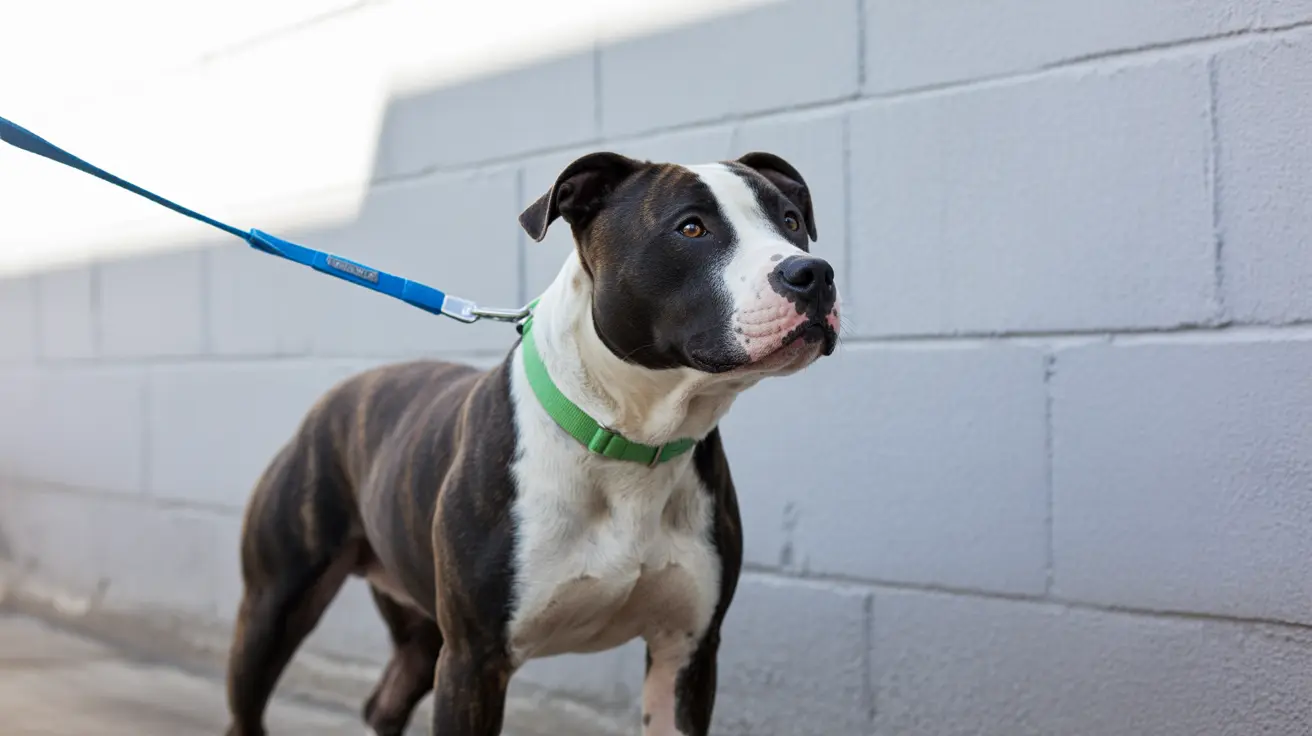The Safest Fruits for Dogs: A Guide to Healthy Canine Snacks
Dog owners often want to share their favorite fruits with their furry friends, but not all fruits are safe for canine consumption. One common question is: what is the safest fruit for dogs? The answer is pears—when properly prepared, pears are nutritious, safe, and beneficial for dogs in small amounts. This article explores the reasons why pears stand out as a safe fruit and highlights other healthy options for your pet.
Why Pears Are Considered a Safe Fruit for Dogs
Fresh pears are not only safe but also highly nutritious for dogs when they are prepared in the correct way. Here’s what makes them stand out:
- Rich in vitamins: Pears contain vitamin A, vitamin C, vitamin K, and copper, all of which contribute to immune function, skin health, and nerve development.
- High in fiber: This helps regulate digestion and prevents constipation.
- Antioxidants: Pears are full of antioxidants that support overall wellness and healthy aging in dogs.
- Low glycemic index: Especially important for dogs with diabetes, pears release sugar slowly and help prevent spikes in blood glucose.
How to Safely Prepare Pears for Dogs
Though pears are safe for dogs, preparation is key. Follow these steps to ensure your dog's safety:
- Wash the pear: Remove any pesticides or bacteria by thoroughly washing the fruit.
- Remove seeds, core, stem, and leaves: Pear seeds contain trace amounts of cyanide and can be harmful. Always eliminate them before serving.
- Cut into small, bite-sized pieces: This helps prevent choking and makes it easier to digest.
- Skin optional: Pear skin is high in fiber, but can upset sensitive dogs. Remove it if your dog has a delicate stomach.
Serving Tips and Moderation
Veterinarians recommend that treats make up no more than 10% of a dog’s daily caloric intake. Pears, like all fruits, should be offered in moderation:
- Small dogs: One small slice of pear occasionally.
- Large dogs: A few slices, spread out over several servings.
- Frozen treats: Mix pears with plain, sugar-free and xylitol-free yogurt and freeze in a treat toy like a KONG.
- Pairing options: Blend with banana, blueberries, or peaches for a fruity snack.
Risks of Feeding Pears Incorrectly
Though pears themselves are non-toxic, improper preparation can pose risks. Beware of:
- Seeds and cores: Contain amygdalin, which can release cyanide.
- Canned pears: High in sugar and preservatives, which can upset digestion and lead to obesity.
- Overfeeding: Too much pear can cause stomach upset, including diarrhea or indigestion.
Are Pears Safe for Diabetic Dogs?
Yes, in moderation. Pears have a low glycemic index and may be suitable for diabetic pets, but always consult your veterinarian before introducing them to your dog’s diet if your pet has health conditions.
Other Safe Fruits for Dogs
Aside from pears, several fruits are also safe for dogs in moderation. These include:
- Apples (without seeds)
- Bananas
- Blueberries
- Strawberries
- Cantaloupe
- Cranberries
- Honeydew
- Mango (without pit)
- Oranges (in small amounts)
- Peaches (pit removed)
- Pineapple
- Raspberries
- Watermelon (seedless)
Introduce these fruits gradually and always monitor your dog for allergies, gastrointestinal upsets, or unusual behavior.
Conclusion
Pears are one of the safest and most beneficial fruits you can offer your dog, provided they are properly cleaned, prepared, and given in the right quantities. Combined with other dog-safe fruits and mindful feeding practices, you can ensure your furry friend enjoys the tasty health benefits of nature’s snacks—without the risks.





